All about watering
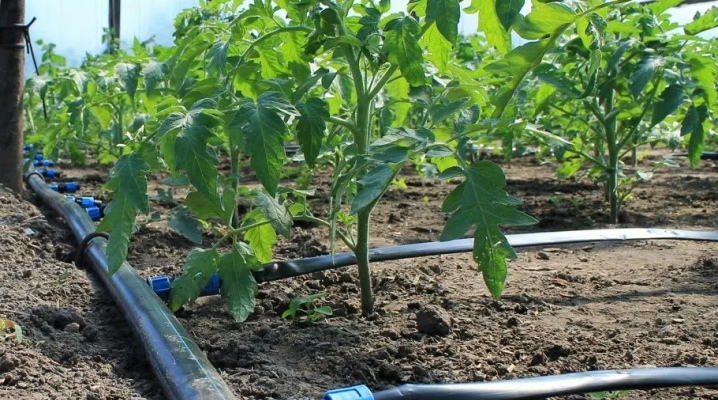
The growth and development of decorative, as well as fruit and berry and vegetable crops largely depends on competent watering. At the same time, irrigation rates for plants of different types of substrates and natural and climatic zones vary - for example, lawns should always be kept slightly moist, newly transplanted shrubs need to be watered daily, and rooted plants need less frequent, but as deep watering as possible. We will talk about all this in our article.


Watering time
Throughout the entire period of active growing season, the efforts of gardeners and truck farmers are aimed at caring for their favorite beds. In order for them to grow successfully, develop and enjoy a rich harvest, they need constant care. Irrigation is an integral part of agrotechnical measures.
The time and frequency of irrigation is determined taking into account the type of plant and its relationship to moisture.
- For drought-resistant crops, several waterings over the entire season will be enough, they are tied to a certain stage of the plant's life cycle.
- Hardy plants can do without water for a long time, but in this case they quickly lose their decorative effect. They usually require maintenance irrigation during periods when there is insufficient rainfall.
- Moisture-loving plants, as well as flowering annuals, potted crops and exotic plants, need to be watered regularly. The only exceptions are rainy days, when a large amount of precipitation falls.
Regardless of the category of the plant and its relationship to moisture, there is a certain list of necessary watering that is required for any plant. Scheduled irrigation includes three mandatory procedures:
- watering during the period of active growth, building up green mass and shoots;
- watering at the budding stage or at the very beginning of flowering;
- moisture-charging irrigation is carried out a month before the expected frost, after the plants have ripened fruits and seeds.
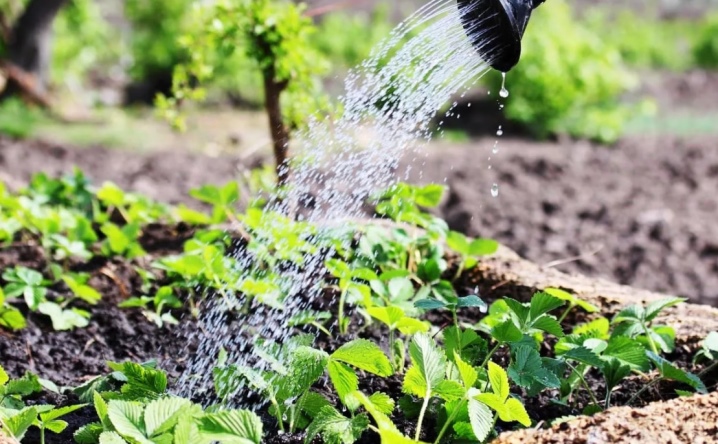
With regard to drought-resistant crops, this amount of irrigation can be limited. For the rest, additional procedures are introduced, they can be planned or weather.
Keep in mind that you need to water the plants correctly. Work should be done not when you have the opportunity, but when your garden needs it. Determining the time when the need for moisture is especially increased is not so difficult. The easiest way is to focus on the degree of soil moisture at different depths. If the ground 10 cm from the surface becomes dry, this is a sign for irrigation.
During the spring and autumn months, at moderate temperatures, watering can be done at any time of the day. However, in summer, especially on sunny days, when it is hot outside, watering time should be taken with the utmost responsibility.
Working in hot weather, when the sun is at its zenith, is not the best option, it can burn delicate green fabrics. Therefore, all watering on hot days is best done in the early morning or in the evening after sunset.

What should be the water?
The ideal solution for irrigation will be settled water; for this, summer residents collect it in containers and barrels. It is best to use plastic tanks, as metal tanks are prone to corrosion and rusty water is dangerous to plants. Many people collect rainwater, it is most useful for planting.
In private homes, tap water is used for irrigation or a well is drilled. At the same time, it is important that she is not cold.This can lead to thermal shock. Such watering of plants, especially annuals, is perceived as severe stress.
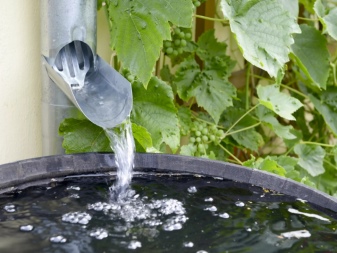
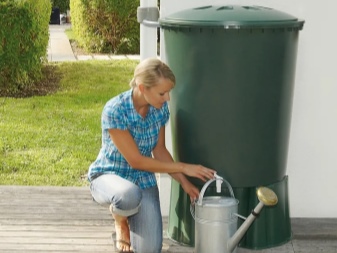
The ways
Any watering should be gentle and gentle. A powerful jet of water from the large-diameter irrigation hoses provides over-intensive irrigation. It leads to the spreading of water over the irrigation area, causes the appearance of puddles, splashes leaves and young shoots.
This can turn into an aesthetic disaster, and in addition, leads to a deterioration in the plant's immunity. That is why, when watering, you must adhere to simple rules.
- Irrigate carefully and slowly. Divide one watering into several passes so that the moisture can fully absorb into the soil.
- When watering, be sure to check how the water is entering the ground, and take short pauses if you notice the appearance of puddles.
- There is no need to direct water from a long distance or considerable height. The fewer drops fall on the shoots and leaves, the better. Ideally, water should be poured into the root zone.
Several methods are used to provide plants with moisture. They can be based on rainwater harvesting and the use of irrigation hoses. Or they can include a set of valves, connectors, filters, pump and other accessories. Techniques differ for garden plots and large-scale agricultural enterprises. Consider the options for providing plants with moisture in summer cottages and adjoining territories.
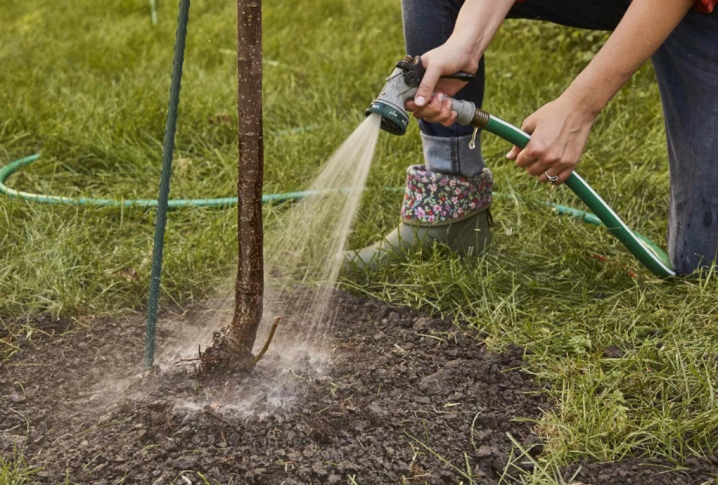
Snow retention
Natural irrigation technique, which is reduced to saturation of the soil with melt water. Due to the snow retention, by the time the plants are planted, the earth does not have time to dry out and retains high fertility. Of course, the absorption of melt water into the soil can hardly be called full-fledged irrigation. However, for perennial garden trees and shrubs, they are of great importance. If, with the arrival of spring heat, the soil is saturated with moisture, then the plants will quickly come out of dormancy, sap flow and active vegetation will begin in them.
But often the usual snow plans are lacking. Therefore, care should be taken to ensure that the melt water remains on the site, and does not flow out of it. To do this, you need to follow a few simple steps.
At the very beginning of March, trample the snow area. This will help form a kind of parapet that will retain water.
- Cover the snow with spruce branches, and the trees left over after the New Year will do. In this case, the snow cover will melt slowly and water saturation of the earth will take longer.
- Plant tall, perennial grasses along the edges of the beds. In the spring, they will act as barriers, trapping snow on the site.
- Another option is the creation of stocks of snow for irrigation, its accumulation in tanks, containers and other tanks. In the spring, they create a strategic moisture reserve that can be used in the period before the start of the centralized water supply.
Snow retention has only one drawback - the short duration of the effect and low practicality. In most cases, the snow completely melts long before the start of active gardening work. Therefore, snow retention is only an addition to basic watering.
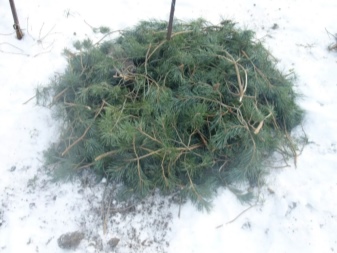
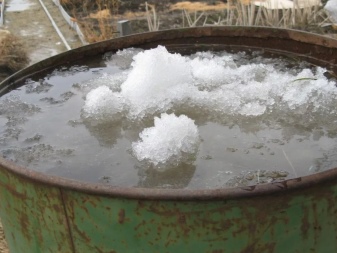
Hose
This is the most common option among Russian summer residents. In this case, a hose is used that is connected to a borehole pump or water supply system. This method allows you to effectively irrigate even the most remote beds and does not require the installation of a complex pipeline structure.
This is a common watering method for many, but if it is performed incorrectly, it can cause a lot of harm. Therefore, you need to know the basic subtleties.
- No need to pour water on the leaves, flowers and young shoots of plants.
- It is best to lay the hose on the ground. This will ensure that water flows directly to the roots.
- The water pressure should be minimal, otherwise it will wash away the soil and roots.Hoses with variable operating modes and a special spray nozzle are the optimal solution.

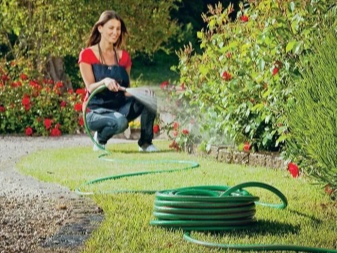
Sprinkling
Sprinkler irrigation is an automated version of hose irrigation. In this case, a rotating nozzle is connected to the free end of the hose. It sprays the water stream into a large number of tiny sprays that moisten a vast area around. All that is needed in this case is just to connect a special attachment.
The undoubted advantage is the large irrigation area, irrigation uniformity and its gentle effect. However, in this case, you also need to remember that cold water can be dangerous to plants. Therefore, sprinkling is best used for potatoes, root crops and corn - they are thick-skinned, so they are much less responsive to temperature differences.
Subject to the technology, sprinkling will not allow water to flow out of the site. In addition, small droplets falling from a low height penetrate the soil much more easily. It is best to start sprinkling in the evening, the best solution would be to use water from barrels or slightly warmed tap water.
The disadvantage of such irrigation is the high moisture consumption and comparative labor intensity, since from time to time you have to reposition the rotating nozzles.
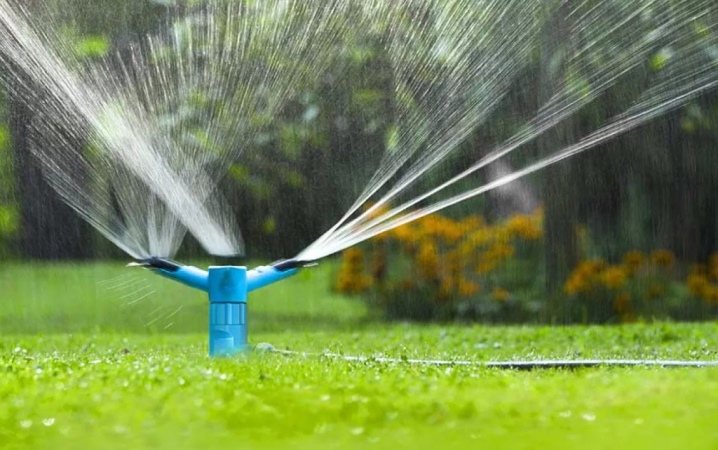
Drip
Experts consider drip irrigation to be the most optimal and effective for plants. It involves the installation of a highly efficient irrigation system that allows you to start an automated water supply to all garden plants. To do this, pipes or oozing hoses are laid along the beds. Passing through such a water supply system, water penetrates through the perforation directly into the ground in the root zone. This method is highly effective as it allows the plants to get as much water as they need. In addition, watering is uniform, since water is supplied in small doses.
Drip irrigation is effective for perennial plants that are sensitive to the amount of moisture, in particular for vineyards. The technique is optimal for areas with difficult terrain - with intensive irrigation, moisture begins to flow down the slope and erode the soil, as a result, the upper plantings turn out to be dry, and the lower ones become waterlogged. Drip feeding ensures 100% absorption into the substrate.
To equip such an irrigation system, you must use any large reservoir. The container is placed on an elevation, and a hose system is already laid from it. They can be laid on the ground or a little buried.
You can try to assemble a more complex structure:
- a tank with a volume of 500 liters or more is installed on a roof or other hill;
- a water heating mechanism is assembled to ensure the optimal temperature of the liquid at the level of 20-25 degrees;
- install a circulation pump;
- a set of oozing pipes is laid, covering all shrubs, trees and garden beds.
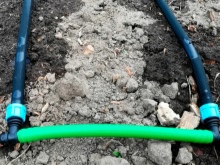
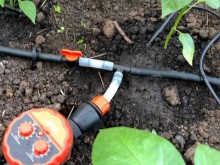

Spot irrigation is especially important on sandy soils, which have the ability to quickly absorb moisture. But to build such a system in small adjoining territories, where mainly ornamental crops are grown, is irrational. Most often, the method is used in vineyards and orchards.
Irrigation rates
With a shortage of water, many gardeners carry out weak or surface irrigation in abundance. In fact, they represent an imitation of water procedures and cannot replace watering. Accordingly, they do not bring any benefit. Watering should be either full volume, or it should not be done at all.
The harm from a procedure with insufficient washing of the soil will be incomparably greater than from a lack of moisture in principle. Surface irrigation results in a crust on the ground. This further exacerbates the problem of moisture deficiency and entails pathologies of the root system and wilting of plantings.
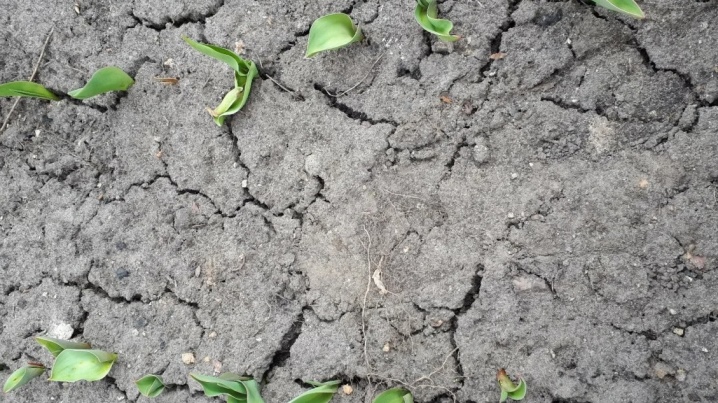
Trees and bushes
The trees are watered according to certain rules.
- Watering of seedlings of young fruit trees (cherry, apricot, peach, pear and plum) at the age of 3-5 years is carried out at a ratio of 6-10 buckets per tree. Adults will need 13-15 buckets of water.
- When growing conifers, watering should be carried out at the rate of 30 l / m2 on light soils and up to 50 l / m2 on heavy substrates. Large-sized conifers during the first year after planting need to be bathed at the rate of 2 liters of water per cubic meter of crown, these procedures are performed 1-2 times a week. Small conifers up to 1 m long are watered three times a week, each watering should contain 1-2 buckets.
- After planting deciduous plants in the first year, the plants need to be irrigated twice a week. Each manipulation involves the introduction of 6-10 buckets of water on hot days.
- Watering rates for shrubs (honeysuckle, raspberries, blackberries, currants, gooseberries) entirely depend on their size. On average, they need one hydration per week with a volume of 5-10 liters.
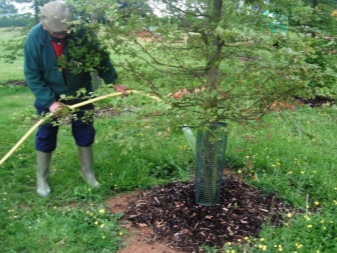
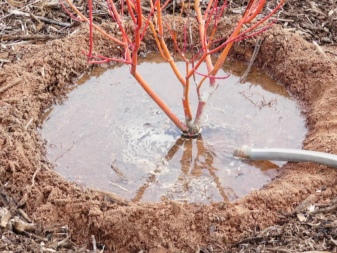
Garden plants
Water garden plants as needed.
- When growing herbs - dill, basil and parsley - watering is done as soon as the earth dries up.
- When cultivating fruit crops (strawberries, wild strawberries), as well as seedlings of vegetables (cucumbers, tomatoes, peppers and zucchini), plants need active watering at the stage of growth and building up green mass. At the time of fruit ripening, the frequency and amount of irrigation is reduced, otherwise the taste characteristics of the fruit will deteriorate.
- The amount of watering is calculated in such a way that the earth is completely saturated with moisture to a depth of 15-20 cm.

Lawn
The frequency of irrigation of the lawn largely depends on the type of substrate. In any case, watering should be done at least once a week.
- Processing a square meter of the cultivated area requires at least a bucket of water.
- In dry periods, watering is carried out 3-4 times a week.
- It is better to give preference to drip irrigation, since frequent, but not abundant irrigation improves the development of the root system and thereby contributes to the creation of a powerful sod.
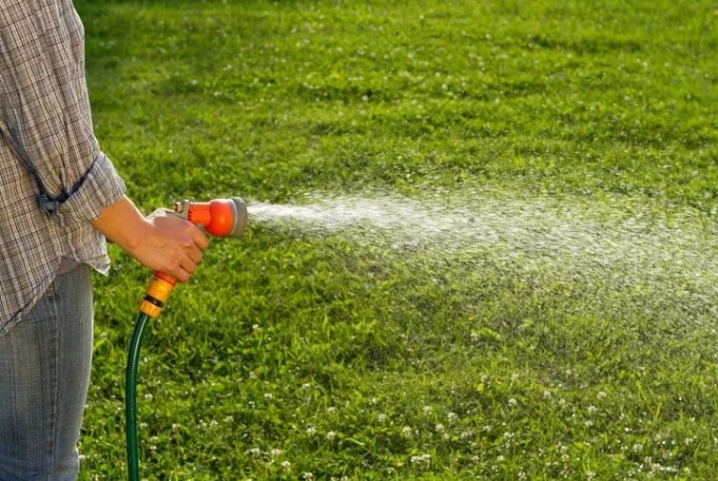
Flowers
The irrigation features of flower beds depend on the life stage of the plant.
- Immediately after planting in the ground, flowers need 1-2 buckets of water per square meter daily. In the remaining time, watering is carried out every 3-4 days at the rate of 30-40 liters.
- The norm for one- and two-year-olds growing in sunny areas is 15-20 l / m2. The frequency of watering depends on the weather, usually 2-3 times a week.
- Perennials growing in shady places need watering once a week at the rate of 30-40 l / m2.
- Irrigation during the period of active growth, budding and flowering varies from 10 to 40 times during the growing season, depending on the type of soil.
- Bulbous varieties of rhododendrons, lilies and irises require up to 10 l / m2. In May-June, the frequency of irrigation varies within 2-3 times a week, taking into account the weather. After the dying off of the tops in June, the bulbs leave during the dormant period, at this stage they do not need watering.
- Ground covers are watered once a week at the rate of 20-30 l / m2.
- Rockeries are irrigated every 10-14 days, 15-25 liters are required per square meter of area.
- The intensity of watering moisture-loving shrubs and roses depends on their age. Plants 1 and 2 years old require watering every 10-14 days at the rate of 15-20 liters per bush. Adults need 3 times more water.
- Hedges are processed once a week at the rate of 20-30 liters per linear meter.
- Watering indoor plants at home depends on the moisture content of the culture. For example, when caring for dracaena, geraniums and homemade lemon, watering is done when the earthen coma dries out. The fat woman (money tree), cacti and other succulents are watered in dosage and no more than 1 time in 15-20 days. For violets, it is better to make a wick irrigation system.
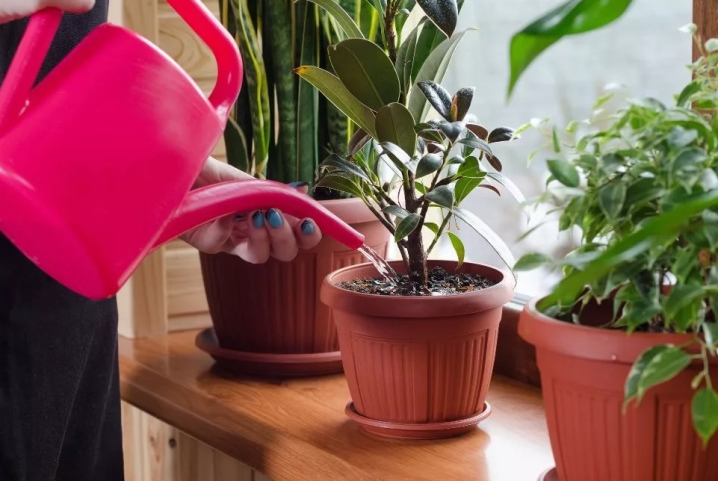
Watering rates can be adjusted depending on the condition of the plant. Signs of excess moisture are:
- drooping leaves and stems;
- the appearance of watery areas and mold on the leaves;
- twisting of leaf plates with a brown border at the tips.
Signs of moisture deficiency are:
- wilting of leaves and flowers;
- the appearance of cracking on the surface of the soil;
- dryness and yellowing of the leaves;
- falling off old foliage and flowers.


Features of watering plants in a greenhouse
Certain watering rules are followed in greenhouses and greenhouses. There is no wind here, no scorching rays of the sun. At the same time, the temperature in greenhouses is higher than outside. Therefore, plants need more water. In order to maintain an optimal level of humidity, it is advisable to install an open container with water in the greenhouse. It is necessary to water the plants directly under the root.
Thus, watering is an indispensable part of agricultural technology. Moreover, this process has many aspects. There is no basic algorithm that can be applied to any site. When organizing irrigation, it is necessary to take into account not only the peculiarities of the consumption of crops grown, but also the structure of the soil, the relief of the land plot and natural and climatic factors.
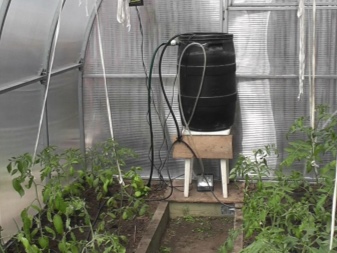
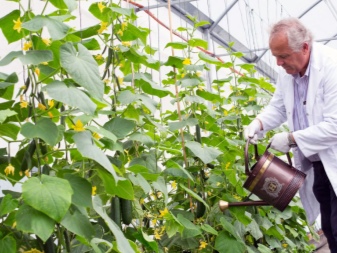













The comment was sent successfully.